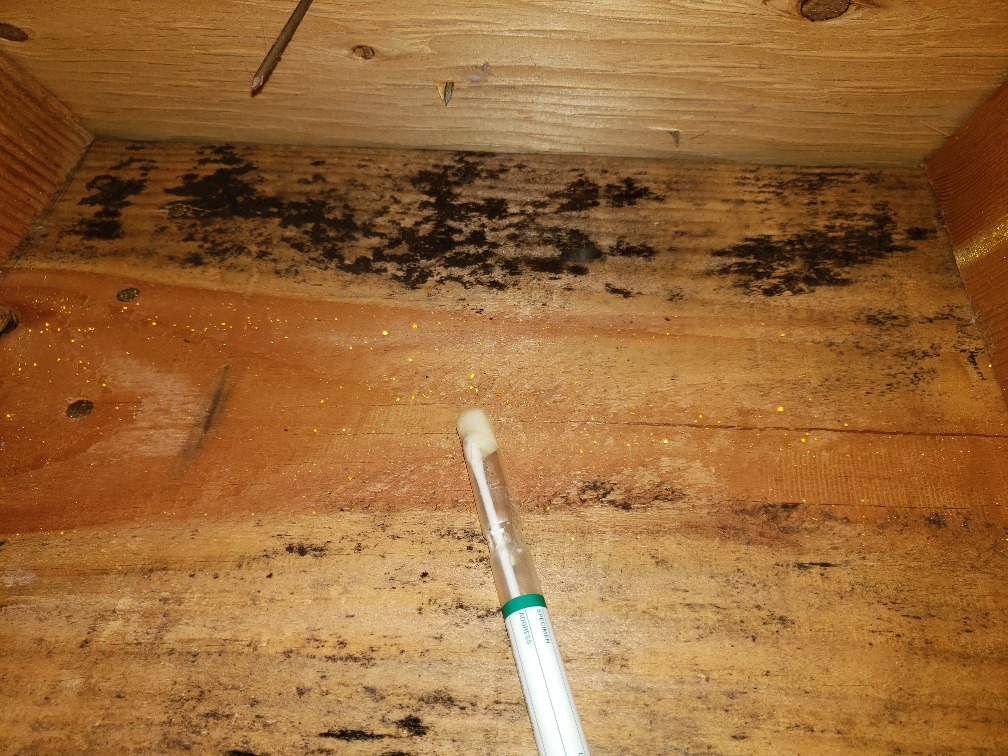There are several things that can make one sick. Most of the time a germ or a virus is often the root cause behind an ailment. But what if the root cause of an ailment you or your loved one is suffering from has nothing to do with germs? What if it is something growth right under your bed or worse still, right under your couch? Strange as it may sound, the culprit sometimes is mold. It can creep in when one least expects and cause problems. It can also come along with signs. With mold, you never know. So just how does it manifest itself health-wise?
A Skin Rash
Most people think that skin can only be inflamed after direct contact with mold. This is not always the case though. You can easily develop redness on your skin from overexposure to mold. Your skin can then become tender and sensitive. The temptation to scratch can actually be overwhelming. The best you can do is to consult a dermatologist. More importantly though, call a mold removal expert to work on your home. Be particularly quick if you have children living under your roof. When exposed to mold, they develop rashes quicker than adults.
Eye Irritation
Eyes are extremely sensitive. Even the slightest exposure to mold can cause them to react. They become watery and itchy. They may also become watery. This mostly happens during spring when most people associate the reaction with seasonal allergies. You can choose to wait until the weather changes just to see if your eyes clear up. You will then know that there is actually a mold problem either at work or at home. Unfortunately, waiting for that long may mean more exposure to mold. So again, the best you can do is to contact a mold removal service provider. You might have to keep in touch too with an optician.
Headaches
Exposure to mold can cause sinus inflammation and nasal allergies. These seemingly minor conditions can then lead to frequent migraines. The type of headache caused by mold is usually at the front are of the head, around the forehead areas and below the eyes. This may be accompanied by coughs and nasal congestion. Several over the counter drugs can be used to clear the headache. This will of course, be a temporary solution. Mold removal will certainly solve the problem. Keep in mind that migraines which linger on long after treatment can be dangerous. This is particularly where one is pregnant. To save the life of both the mother and her unborn, make sure your home is mold free. Make sure too you ascertain the cause of the headache.
Feeling Tired
Fatigue is always a sign that your body is fight something off. Fatigue can therefore show up anytime you get overexposed to mold. It may or may not be accompanied by headaches. Either way, you should be concerned if it goes on for a long time. That’s because feeling tired for several days or even weeks in a row even when you are getting enough sleep can be a sure sign that there is mold around you. Don’t allow it to worsen. Consider mold testing in Valencia to find out if your home or office has been severely infested.
Sore Throat
Hoarseness when talking or a raw feeling when swallowing are the two main symptoms of a sore throat. They come about because of mold spores getting logged at the throat. The spores then irritate sensitive membranes and leave one with a scratchy throat. This can sometimes be accompanied by other severe symptoms such as shortness of breath or a bleeding nose.

